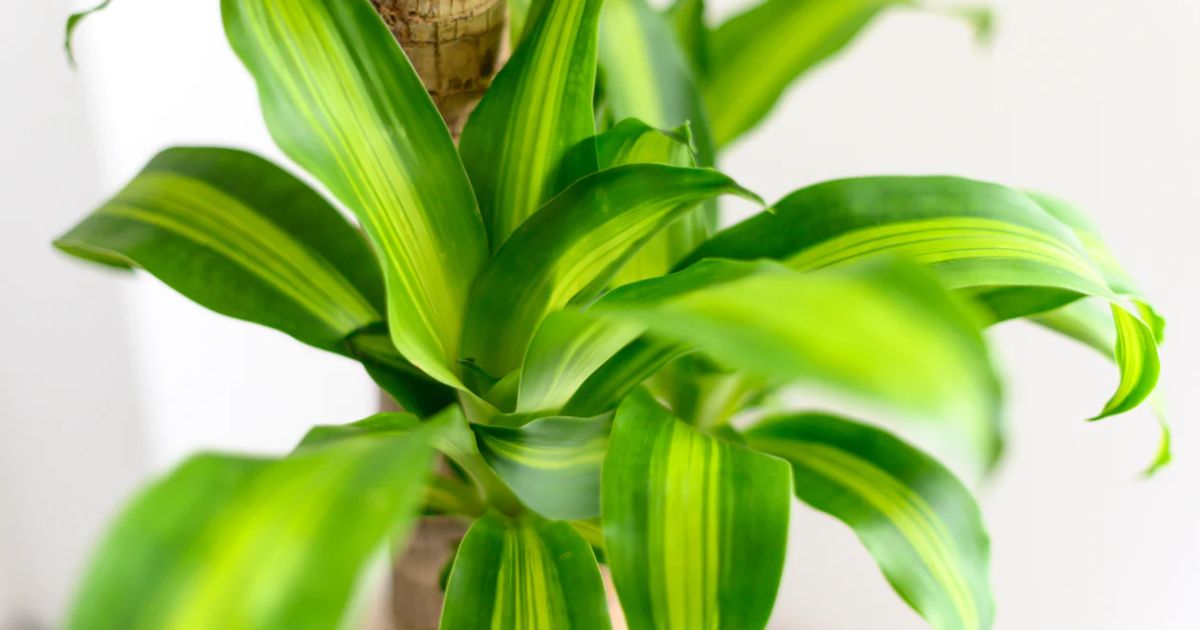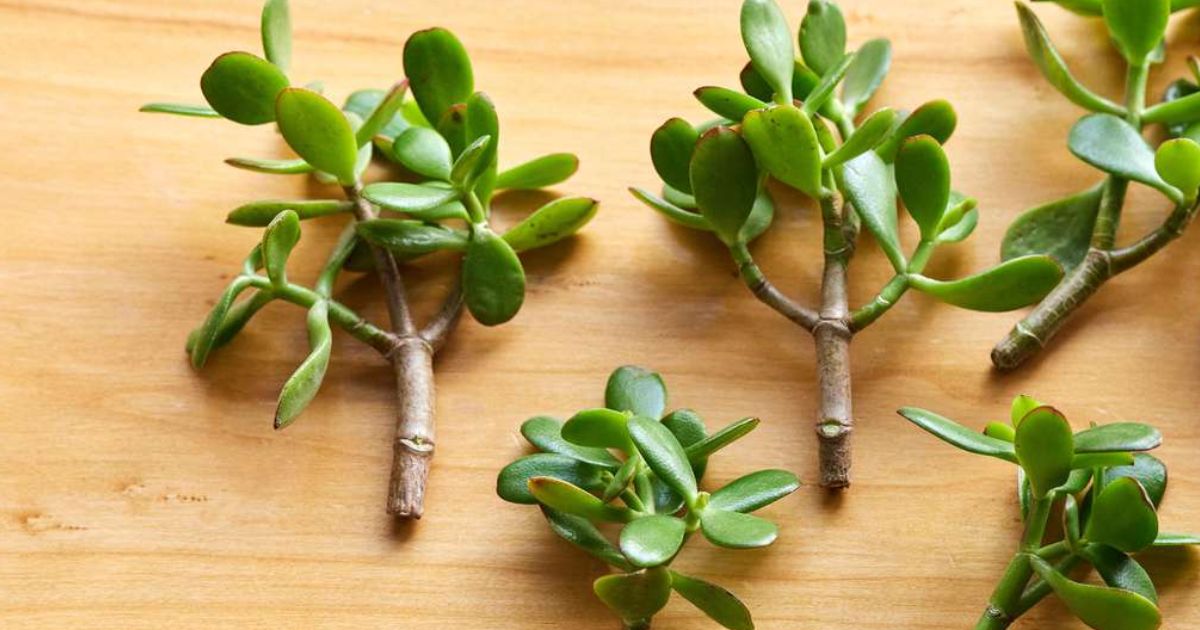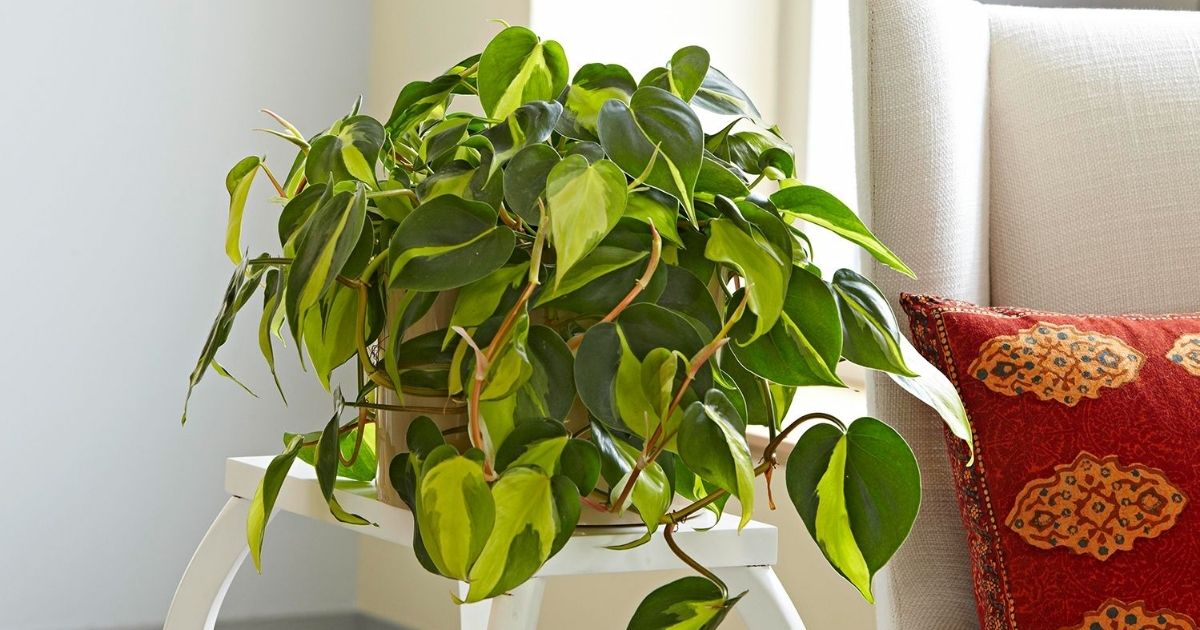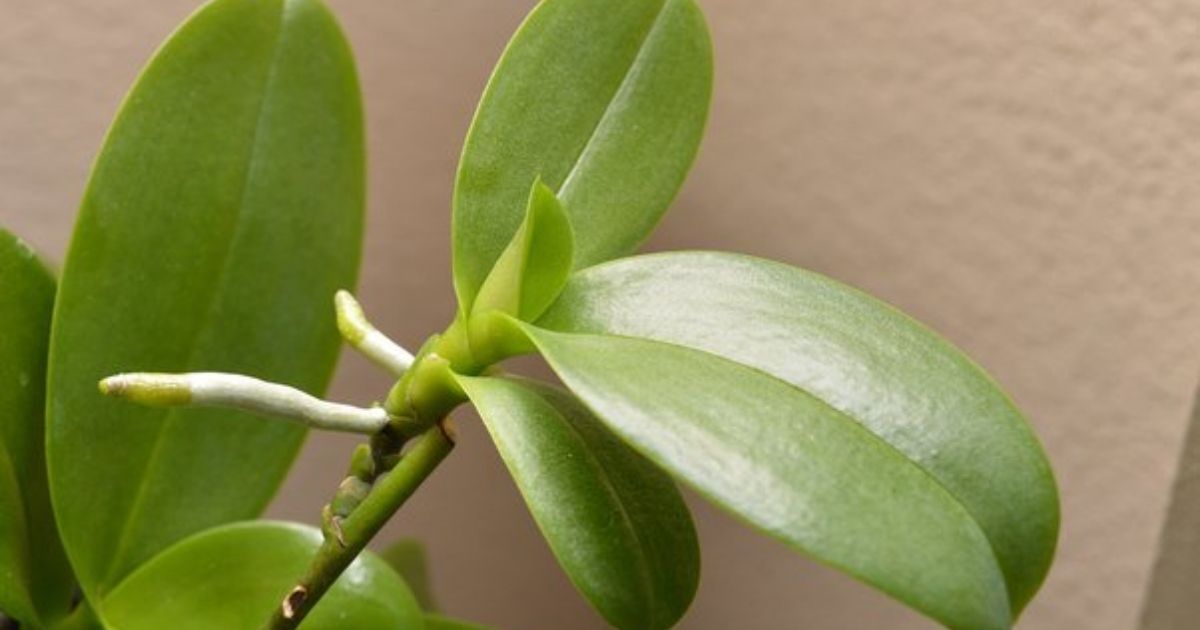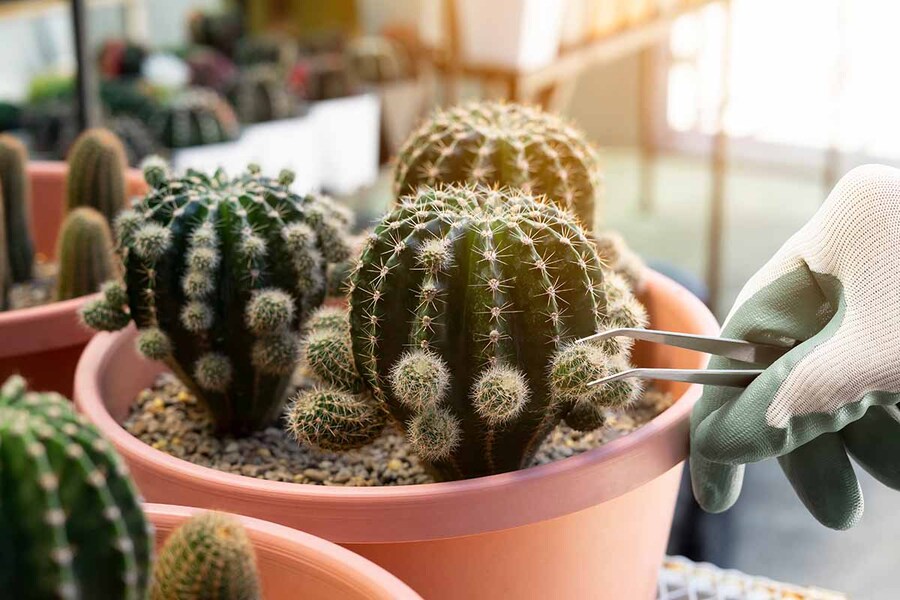How To Propagate Philodendron: Easy Methods For Beginners
How To Propagate Philodendron: Easy Methods For Beginners
Philodendron is a favorite indoor plant for many people as it has beautiful heart-shaped leaves. It is an easy-to-propagate plant with a few basic steps. If you want to grow more philodendron plants in your home, this guide on how to propagate philodendron is for you.
When To Propagate Philodendron?
Spring and summer (March to September)are the best times to propagate philodendron plants because they will rapidly grow when it's warm and sunny.
If a philodendron looks too tall or stretched out, it might need a trim or cutting, which is also best during these seasons. Then, you can use the pieces you cut off to grow new plants.
You can also make new plants in the fall or winter, but it might take longer for the new plants to grow roots.
Tip: Only take cuttings from a mature, healthy plant to prevent damaging the mother plant and transferring disease or pests.
How To Propagate Philodendron With 2 Common Methods
Philodendron is a climbing and easy plant to grow. You can quickly grow more philodendron plants by taking stem cuttings and planting in soil or water.
Let's follow these two methods and step-by-step guides on how to propagate philodendron:
Propagate In Water
Propagate in water means placing the cuttings in the water for root development. Philodendrons can quickly adapt and grow roots in water, so this method is highly sufficient to grow new philodendrons.
Here is how to do it:
1. Prepare Cutting
Pick some strong stems with a few leaves from the main plant. Use clean, sharp scissors to cut six-inch pieces below where a leaf sticks out. Take off the leaves from the bottom half of the stem.
2. Put in Water and Monitor
Put your cuttings into a glass or jar. Fill it with water so the spots where you removed the leaves are underwater.
Place the jar in a warm, bright area without direct sunlight. If the water inside gets dirty, remember to change it.
It might take around a week to see small white roots grow from where the leaves were, but sometimes, it takes 3 to 4 weeks for the roots to grow enough to plant.
3. Plant the Cutting
Once the root is about 1'' long, it's time to plant it in the soil. Get a small pot and fill it with soil, leaving about 1'' of space at the top.
Make a hole in the soil with your finger for the cutting, put it in so the roots are under the soil, and gently press the soil around the stem. Keep the soil moist for the first week, and then take care of the plant.
Propagate In Soil
Like many other cutting plants, propagating philodendron in the soil is a traditional method you can apply to grow. It's easy to follow and monitor and has a high rate of successful philodendron propagation when you plant it in soil. Look at the instructions:
1. Take Cutting
To take a cutting, select healthy stems with leaves. Then, using a clean shaft scissor, cut approximately 6" below a leaf node, removing the leaves from the lower part of the cutting.
2. Prepare a Pot and Plant
Let's prepare the pot and fill it with a potting mix. Remember to add water to keep the soil moist. Then, use your finger or a stick to make holes in the soil a few inches deep for planting the cutting.
Place the cutting in the soil, ensuring each node where you removed leaves is in the soil. Then, gently press the soil around the cutting with your fingers to keep it in place.
Place the pot in a warm, humid area with indirect sunlight. Keep the soil moist but not too wet.
3. Monitor the Cutting
After a few weeks, gently pull on the cuttings. If they resist, it means they've started to grow roots. You'll also notice new leaves come out, meaning they're rooting.
Depending on your environment and the season, you should see new growth within two weeks to 1 month.
Tips To Take Care Of Propagated Philodendron
To take good care of propagated philodendron for successfully growing, you should notice some factors directly affect the plant's development process below:
- Light: Put your propagated philodendron in a bright spot, not direct sunlight. If not, the sun can burn and dry the cutting.
- Watering: Keep watering to moisten the soil but not soggy; it's better to spray (once to twice a week). When the top of the soil is dry, remember to water, but ensure the soil is well-draining.
- Humidity: Philodendron cutting prefers high humidity (about 50-60%), so you can raise its humidity regularly by misting the pot and using a humidity tray.
- Temperature: Keep your cutting warm, ideally between 65-80°F (18-27°C). Avoid exposing the plant to cold or sudden temperature changes.
- Fertilizing: Feed your philodendron with a fertilizer every 4-6 weeks during the growing season in spring and summer.
Conclusion
How to propagate philodendron? It becomes easy to answer when you follow our guide. You can find suitable ways to create new plants with your wholehearted effort. Propagating philodendron cutting in soil or water requires good care to grow successfully.
Frequently Asked Questions
1. Is It Better To Propagate Philodendrons In Water Or Soil?
Both propagation in water and soil are excellent; it will depend on your situation.
If you have a glass or jar and want to see the root-growing process, you'd better choose propagation in water. In contrast, you should select the in-soil method to ensure the Philodendron cutting grows without rotting when you don't know how to take care of it in water.
2. Where Is The Node On A Philodendron?
A node is a particular spot on the stem from which new growth, such as roots, leaves, or new stems, can come. When you take a cutting to grow a new Philodendron plant, having at least one of these nodes on the cutting is essential.
3. Can I Grow philodendrons in Water?
- Yes, you can grow philodendrons in water by following these steps:
- Take healthy stems with a few leaves from the main plant.
- Cut 6'' pieces with clean scissors.
- Remove leaves from the bottom half.
- Place cuttings in a jar filled with water, ensuring submerged nodes.
- Keep the cuttings in a warm, bright area.
- Roots may take 1-4 weeks to grow; once roots are 1'' long, plant them in a soil-filled pot.
- Keep soil moist initially, then care for the plant.
